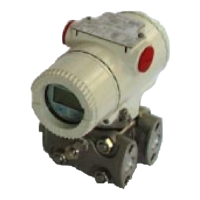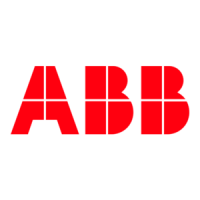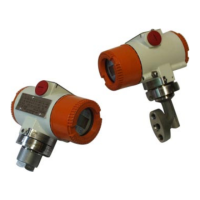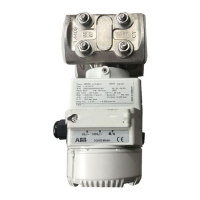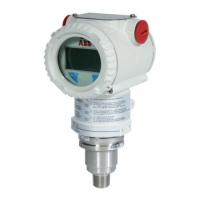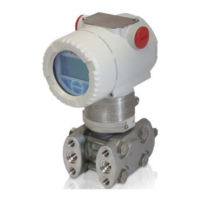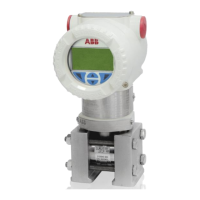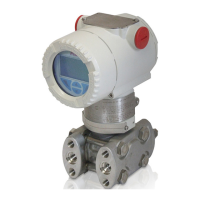—
ABB MEASUREMENT & ANALYTICS | OPERATING INSTRUCTION
266 with FOUNDATION Fieldbus Communication
Pressure transmitters
Engineered solutions for all
applications
Measurement made easy
Introduction
The 2600T family provides comprehensive range of
top quality pressure measurement products,
specifically designed to meet the widest range of
applications ranging from arduous conditions in
offshore oil and gas to the laboratory environment
of the pharmaceutical industry.
For more information
Further publications for 2600T series pressure
products are available for free download from
www.abb.com/pressure
or by scanning this code:
—
266 models
